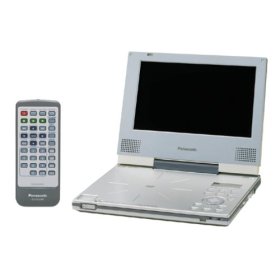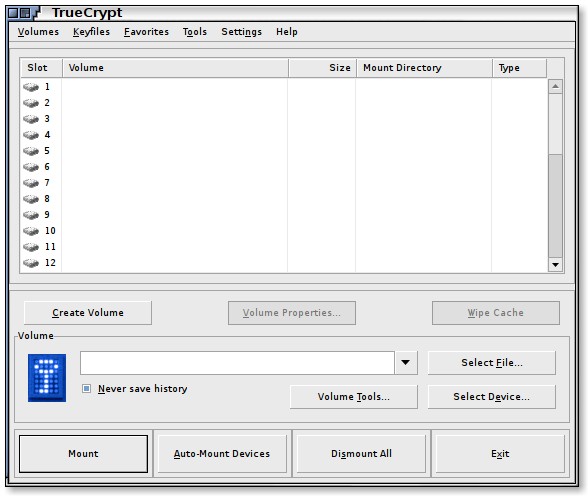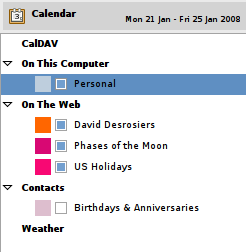Here we go again…
I’ve found myself using a lot of movies and DVDs with my 3½ year-old daughter while we’re driving around, using a portable DVD player.
NOTE: That same DVD player, I purchased about 7 years ago from Tweeter, and it still beats the current portable DVD players in features, longevity and most-importantly, thickness. Today’s portable DVD players are thick, bulky and have an external battery that increases the overall footprint of the unit significantly.

The Panasonic DVD-LV70 that I purchased (along with extended warrantee and extra battery of course) is the thinnest DVD player I’ve seen, and it lasts forever.
Back on track.. when I start up a DVD for her, I have to sit through the obligatory 2+ minute Anti-Piracy spool on the beginning of the movie she wants to watch, then I have to sit through the 2-4 minutes of introductory commercials after that, rife with plenty of flashing, ADHD-inducing imagery.. such imagery that a 3½ year-old does not need to be subject to it.
I should note that these are movies designed for infants, toddlers and pre-schoolers. I find it very hard to believe that my daughter or her peers are going to go duplicating and uploading copies of “Little People” or “Strawberry Shortcake” to torrent sites. Really.
Attempts to go to the “Top Menu” via the DVD player’s navigation buttons produces a red circle-with-slash through it, likewise pressing the “Next” or “Previous” buttons on the unit. You literally have to sit there and watch it through, before the player’s navigation/menu buttons become available to use.
Today, I wanted to start up a movie for her while she calms down for a nap, and I actually paid attention to the anti-piracy rhetoric on the intro, and thought to myself how absolutely incorrect and misleading this commercial is.
“You wouldn’t steal a car!”
“You wouldn’t steal a television set!”
“You wouldn’t steal a DVD!”
“Downloading pirated movies IS STEALING!”
Actually, no it is not. Downloading pirated movies is a copyright infringement, but it is most-definitely NOT stealing.
Let me throw out an accurate analogy:
If I steal your bicycle, I now am in possession of it, and you no longer have it. I have deprived you of your bicycle. This is stealing.
If I go to your house, and take a series of high-res, digital photographs of your bicycle, then go home and recreate the exact same thing in my workshop, tube for tube, identical in every way to your bicycle… have I stolen your bicycle?
NO! This is NOT stealing.
The industry would have you believe that you have stolen money from the artist, from the production company. That the artist would have made money if you purchased the item legitimately instead of downloading a copy that was infringing on their copyright.
You can’t “lose” something you never had to begin with. If you didn’t pay the artist, then they lost nothing.
I wish the industry would start getting this right, because the incorrect, misleading messaging is obviously not having any impact on the problem at hand.
What this enforced messaging IS encouraging me to do, is to rip the DVD, strip out the garbage, mental and subliminal imagery, and re-burn my own copy that does not include this offensive, dangerous material.
At least then, my daughter can watch the movie she wants, uninterrupted, without having to go through the “Clockwork Orange” behavior at the beginning of every show.

 This is just a minor rant, but I think it bears mentioning.
This is just a minor rant, but I think it bears mentioning. 






 I’ve been using IM in various formats since back in the BBS days with a program called
I’ve been using IM in various formats since back in the BBS days with a program called 




